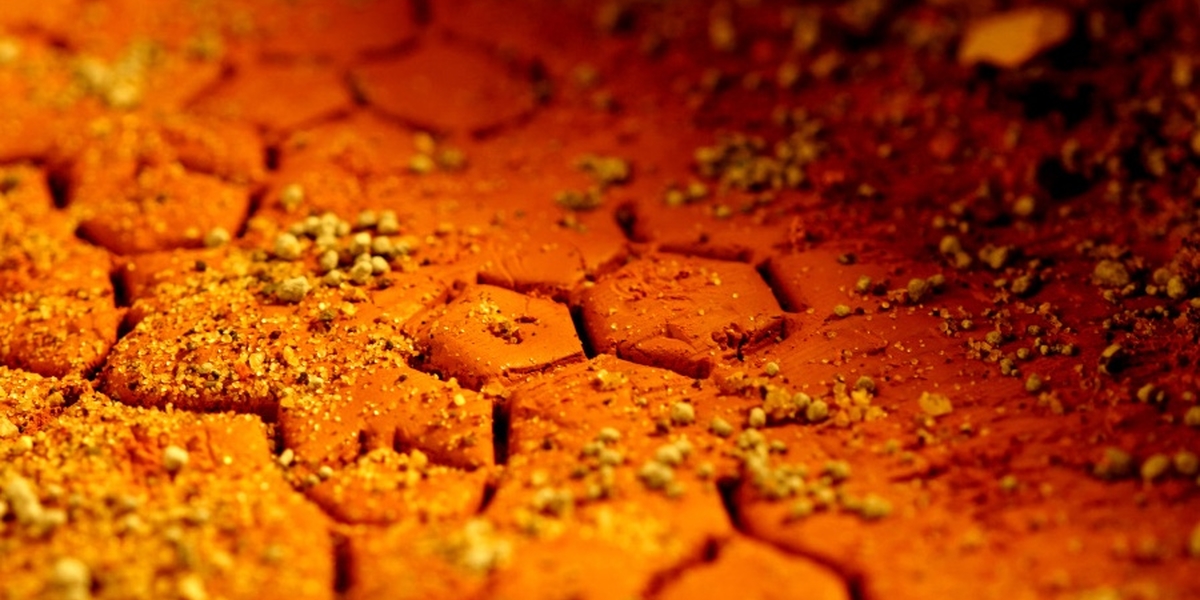
Credit: Joseph Heili, Tanner Hoog, and Aaron Engelhart
People might assume the search for life on Mars ended when NASA’s first rovers sent back images of the planet’s barren, inhospitable surface. However, as scientists broaden their understanding of the extreme conditions in which life can flourish here on Earth — and expand their notions of what extraterrestrial life might look like — the search for life on Mars continues.
In recent years, NASA missions have found evidence of abundant perchlorate salts on the Martian surface. Perchlorate salts can collect and combine with water from the atmosphere to form concentrated solutions called brines. Because liquid water is so essential to life, NASA has described their strategy in searching for life on Mars as "follow the water." As a result, perchlorate brines have attracted a lot of attention.
In new research published in the journal Nature Communications, investigators at the College of Biological Sciences studied in the lab how the unique geochemical environment on Mars could shape life in the past or present. The team, led by Assistant Professor Aaron Engelhart, looked at two types of ribonucleic acids (RNAs — molecules that are essential to known living organisms) and protein enzymes from Earth to see if and how they functioned in perchlorate brines. They found:
- All the RNAs worked surprisingly well in perchlorate brines.
- Protein enzymes didn’t function as well as RNAs in perchlorate brines. Only the proteins that evolved in extreme environments on Earth — in organisms that live at high temperatures or in high salt — could function.
- In perchlorate brines, RNA enzymes can do things they don’t normally do on Earth, such as generating new molecules that incorporate chlorine atoms. This reaction had not been observed by scientists before.
“Taken together, these results show that RNA is uniquely well-suited to the very salty environments that are found on Mars, and could be found on other bodies in space,” said Engelhart. “This extreme salt tolerance could influence how life may have formed on Mars in the past, or how it is forming in the conditions on Mars today.”
The team is continuing to investigate the chlorination chemistry they found, as well as other reactions RNA can perform in high-salt conditions.
The research was funded by the National Aeronautics and Space Administration, the Heising-Simons Foundation, the Research Corporation for Science Advancement and the National Science Foundation.
Read the full news release on the U of M news page.